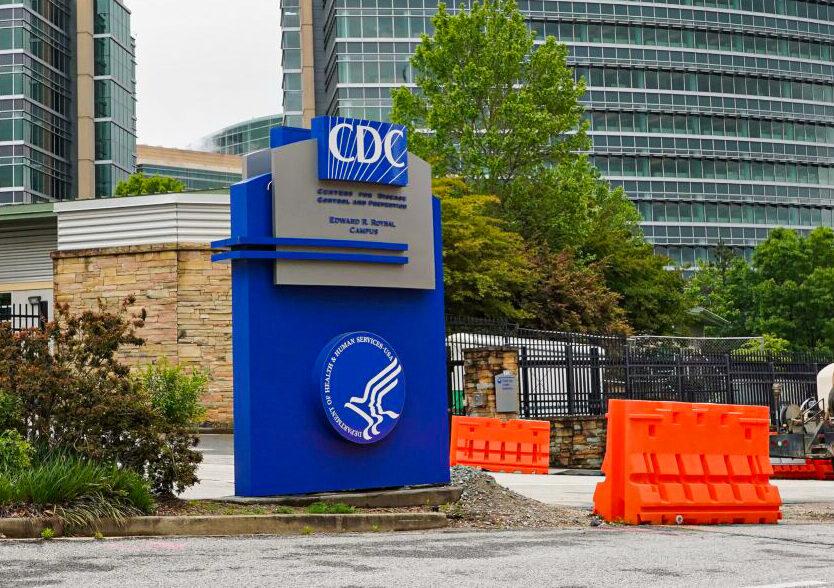So-called long COVID can be listed as a cause of death even if a deceased person hadn’t tested positive for COVID-19 for months or even years, the U.S. Centers for Disease Control and Prevention (CDC) stated in a new update.
“When completing the death certificate, certifiers should carefully review and consider the decedent’s medical history and records, laboratory test results, and autopsy report, if one is available,” the CDC wrote in updated guidance for certifying deaths due to COVID-19. “For decedents who had a previous SARS-CoV-2 infection and were diagnosed with a post-COVID-19 condition, the certifier may consider the possibility that the death was due to long-term complications of COVID-19, even if the original infection occurred months or years before death.”





